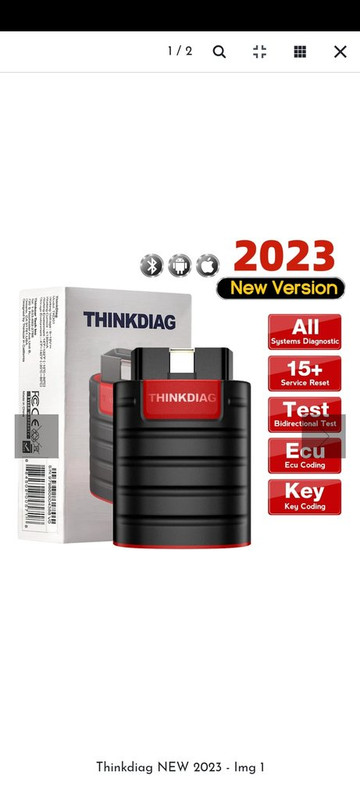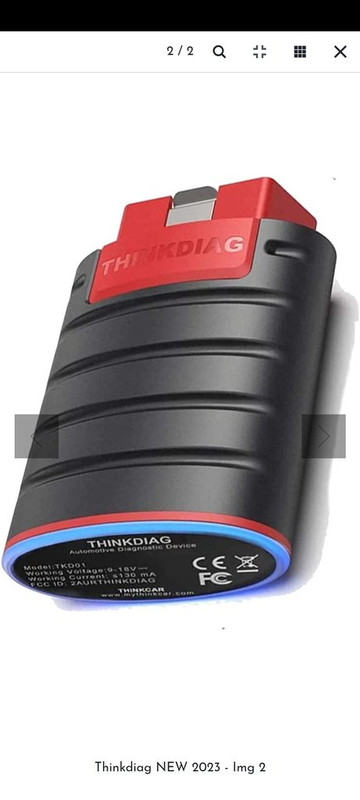Hey mate,
it seems with the Thinkdiag tool, there are different ways to get to the same result - BMU / BMS is accessible through 'System selection' and also 'Maintenance Function'.
If my writeup is complete, here is what I did:
Session one
I charged the car over night and used it for around 40kms (it displayed 52km of range on departure which pleases the eye) on electricity but watched cell and pack voltage to not bring it down too far. Returned with pack voltage still above 300V. 40kms is above the range my car normally offers me (30-35kms) and I used 6kWh for that trip - my pack has a SOH of around 8.4kWh so although I depleted the pack more that normally, the pack was still within its safety margins
- with battery at around 50%SOC, put car in READY mode (ign on)
- let the Thinkdiag scan the VIN to decode what car it is
- System selection BMU
- read various values by using 'read data stream'
- execute Cell Voltage Smoothing. Although this function executed, it did not show immediate result.
- Thinkdiag also offered the menu item capacity measurement, but the drive battery was quite full so I just looked at other service function first
Session two
I am already looking forward to installing the LEV46 cells to the pack but also think about something different... am tempted to have a separate 300V battery in the trunk connected in parallel but as I also have a spare traction pack shell I may research what kind of recent cells do fit in there an run them using a can bridge... We will see.
- I connected the car to the charger (charging point at my garage, not the supplied charging lead)
- fired up Thinkdiag - if I remember correctly, I did not have to switch the car on - it wont switch to READY anyway with the charging lead connected.
- let the Thinkdiag scan the VIN to decode what car it is
- Maintenance Function BMS
- it offers the menu items 'control info reset' and 'bat capa estimated info reset' which I did not use this time - I doubt that executing these functions is a necessity for DBCAM and it is also not mentioned in the service procedure for DBCAM. At this moment, I dont recommend to execute these functions if all you want to do is a DBCAM
- however, as I executed the functions last time when I did DBCAM which resulted in a battery age reset. So, to correct that, I executed
- manual writing, where I could enter the battery age im months and the km.
I think the km is a misinterpretation by Thinkdiag as it sets the value 'total current charged and discharged since manufacturing' in Ah - at least the value read out by PHEVWatchdog was set to what I entered. But as that value was very close to the actual Ah throughput (charge and discharge) which was at 85000Ah last month, I left it with the value I entered (around 84000).- with charging lead connected, I was able to start the capacity measurement. Various fans and pumps started running for maybe two hours, then the car started charging. I was able to lock it with the remote control and let it charge overnight. On my mobile, I did not terminate the Thinkdiag app, I just walked out of bluetooth range.
- Next morning, I think I had to reopen the app, do the process of VIN scan etc, go to Maintenance Function BMS, Function Capacity Measurement to find the status 'done' or 'finished', cant remember exactly.
- removed the Thikdiag and plugged in my other OBD-II-dongle, ran PHEVWatchdog and found the yellow badge for DBCAM and 28.6Ah SOH
Do you have a copy of the service procedure for the DBCAM? I know I have seen it earlier somwhere, but I can`t find it now.

























